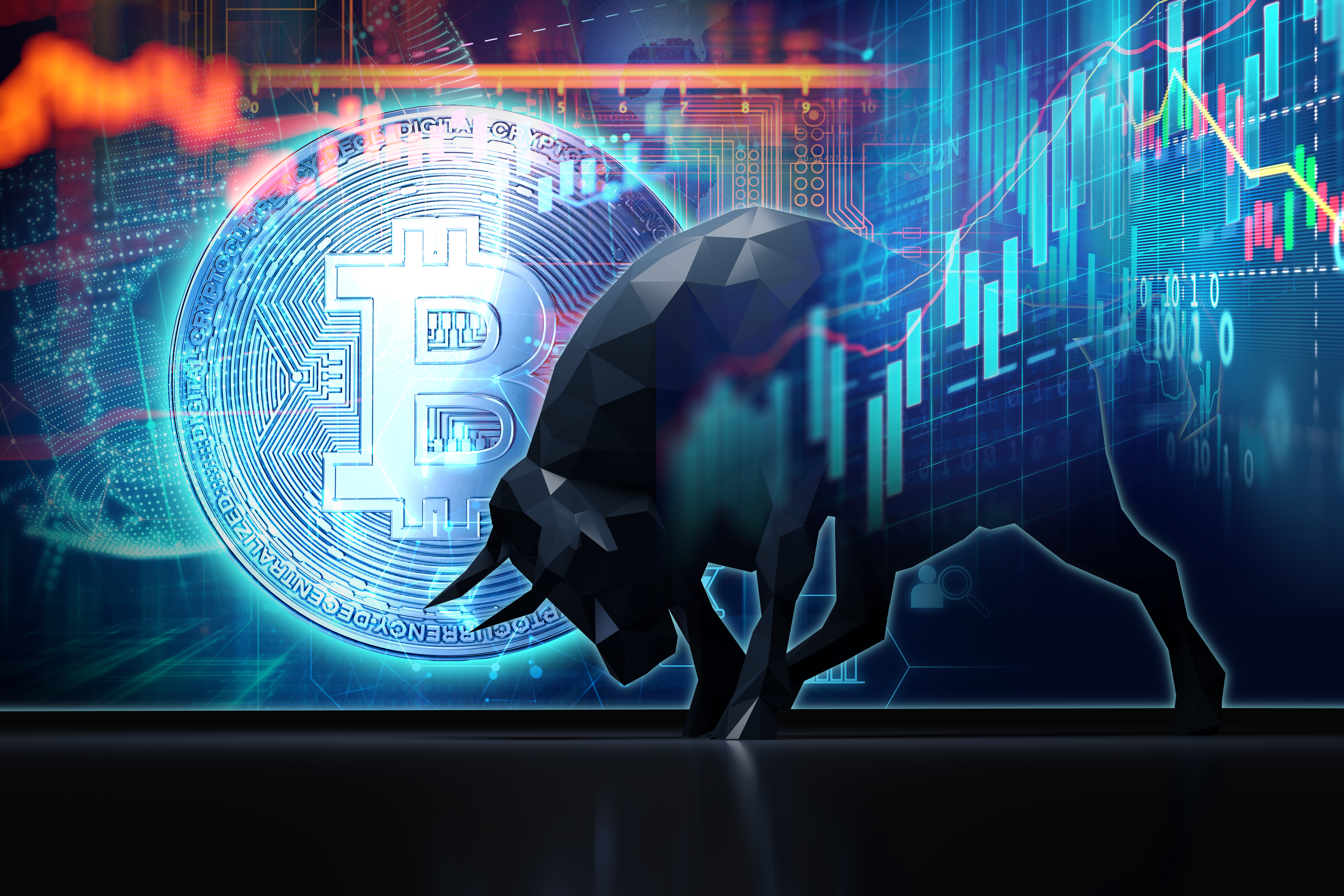
The markets, like a storm-tossed sea, reward scarcity-and today, the world’s most famous digital coin has risen once more, defying gravity and skeptics alike. Bitcoin, that enigmatic creation born in the shadows of the 2008 financial collapse, now trades above $124,000, shattering its previous record. But what drives this relentless climb? Let us peer beneath the surface, where grand designs meet the grit of human ambition.
1. The Halving: A Squeeze on the Many for the Gain of the Few
In April 2024, Bitcoin underwent its fourth “halving,” an event as inevitable as the turning of seasons. Miners, those modern-day prospectors laboring in server farms scattered across the globe, saw their rewards slashed to 3.125 coins per block. This mechanistic act of scarcity-a deliberate feature of Bitcoin’s design-has tightened the noose around supply, leaving fewer coins for the market to feast upon. And who steps in to claim these dwindling treasures? Not the average worker scraping together savings, but vast institutional machines like U.S. spot exchange-traded funds (ETFs).
The iShares Bitcoin Trust ETF, with nearly $89 billion in net assets as of Aug. 12, stands as a monument to this shift. These funds hoard coins on behalf of shareholders, pulling them out of circulation and into vaults both virtual and cold. The result? A fragile balance between demand and supply, where even modest inflows send prices soaring. For every dollar chasing Bitcoin, there are fewer coins to chase-and so the dance continues, indifferent to the struggles of those unable to join.
2. The New Aristocracy of Accumulation
Bitcoin’s ownership is shifting-not toward the masses, but toward a new aristocracy of corporations, financial institutions, and even nations. As of Aug. 13, over 14% of Bitcoin’s total supply rests in the hands of these entities: 1.5 million coins in ETFs, nearly a million held by public companies, and half a million claimed by countries. What began as a rebellion against centralized power now finds itself embraced by it.
Corporate accumulation, in particular, tells a tale of irony. Companies seek Bitcoin not for its revolutionary ideals, but for liquidity, collateral value, and brand alignment with a finite asset. When such players buy, they do not sell easily; turnover slows, and prices grind upward. Yet one must ask: Does this newfound legitimacy serve the common man, or does it merely reinforce the hierarchies Bitcoin once sought to dismantle?
3. Regulation: The Chains That Liberate
Regulatory clarity, often derided as a yoke, has become a strange kind of liberation for Bitcoin. In early 2024, the U.S. Securities and Exchange Commission (SEC) approved spot Bitcoin exchange-traded products (ETPs), wrapping the unruly cryptocurrency in the respectable garb of daily liquidity and investor protections. Abroad, the European Union’s Markets in Crypto-Assets (MiCA) framework charts a similar course, creating pathways for banks and fintechs to participate without fear of legal storms.
This regulatory embrace is neither perfect nor altruistic-it serves the interests of those who already hold power. Yet it is enough to convince institutional compliance teams to nod their approval. Bitcoin, once a rogue force, now walks among the sanctioned elite. But at what cost? The rules may open doors for some, yet they also raise barriers too high for others to cross.
4. From Rebellion to Acceptance: The Taming of the Wild
Once, owning Bitcoin required wrestling with obscure tools and enduring ridicule from peers. It was a badge of defiance, worn proudly by those who believed in a future unshackled from traditional systems. Today, the story has changed. Bitcoin sits comfortably in retail brokerage accounts, wealth management portfolios, and research reports commissioned by financial giants. Even public pensions and endowments dabble in its promise.
Gone are the days when explaining Bitcoin meant facing blank stares or accusations of folly. Now, everyone knows of it, and many own it. Awareness has spread far and wide, taming the wild frontier of digital currency. Yet this acceptance comes with a paradox: The very accessibility that draws people in threatens to dilute the original dream of decentralization. Will Bitcoin remain a beacon of hope for the underdog, or will it become just another tool for the powerful?
The answer lies not in the stars, but in the hands of those who wield it. For now, the ascent continues-driven by forces both noble and pragmatic, chaotic and controlled. 🌟
Read More
- Broadcom’s Quiet Challenge to Nvidia’s AI Empire
- Trump Ends Shutdown-And the Drama! 🎭💸 (Spoiler: No One Wins)
- METH PREDICTION. METH cryptocurrency
- How to Do Sculptor Without a Future in KCD2 – Get 3 Sculptor’s Things
- South Korea’s KRW1 Stablecoin Shocks the Financial World: A Game-Changer?
- Gold Rate Forecast
- Pi Network: The Price Stabilizes… Or Is It Just a Trick of the Light? 🧙♂️💰
- Norwood Sells Big Chunk of Driven Brands Stake
- 🚀 Blockchain Goes Chic: Dusk & NPEX Bring European Securities to the Crypto Soiree! 🥂
- Ether’s Future: 4 Things That Could Make or Break Its Bullish Comeback in 2025
2025-08-16 13:58